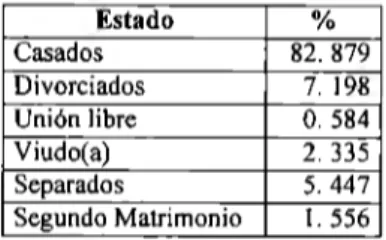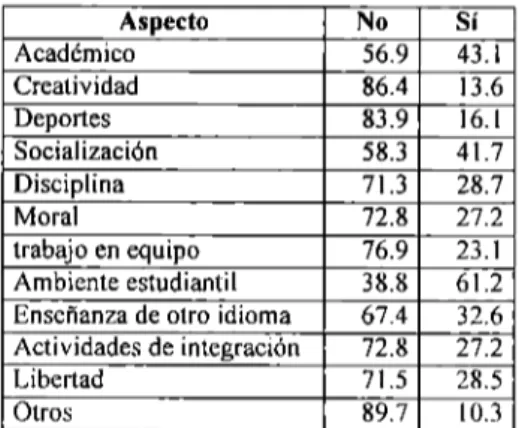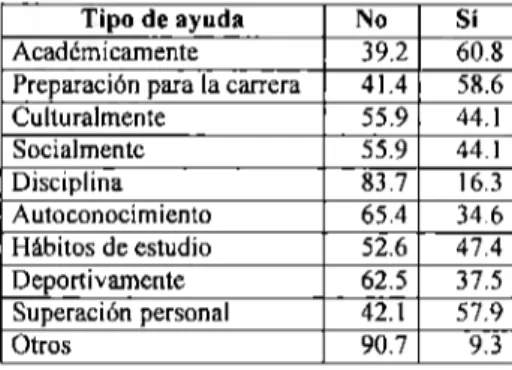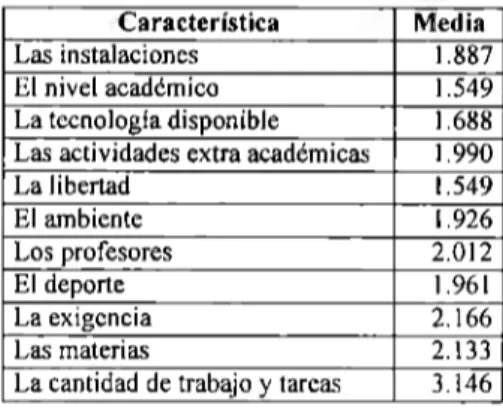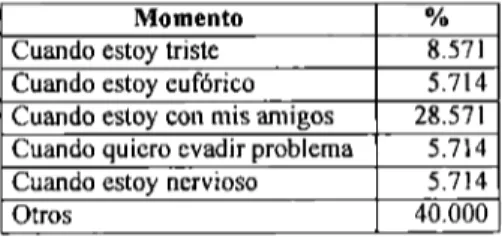Propuesta curricular de formación humana para la Preparatoria del Instituto Tecnológico y de Estudios Superiores de Monterrey, Campus Querétaro
Texto completo
Figure
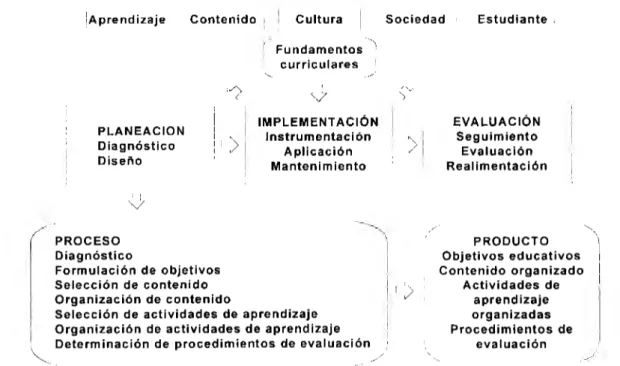
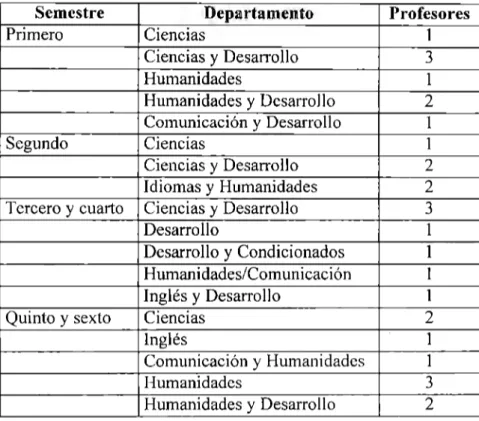
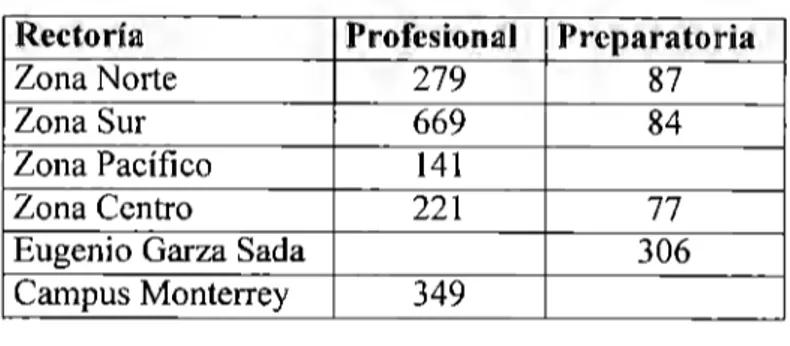
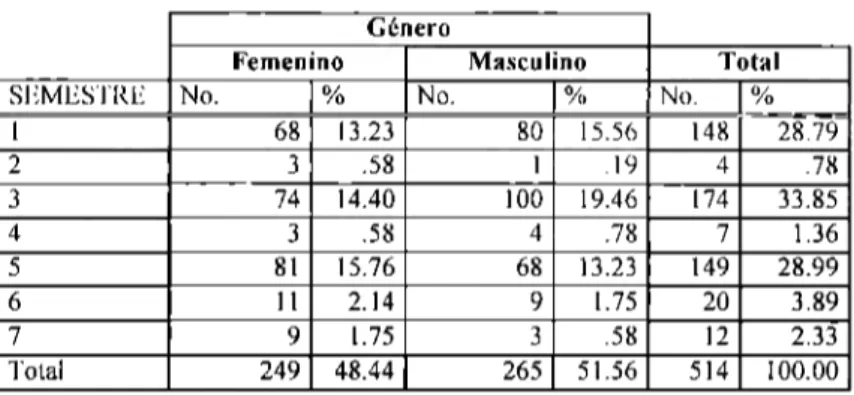
Documento similar
The third thesis objective, the regression analysis, will be limited to determine the magnitude of the impact Laser Power and Scanning Speed parameters, and determine if the
In chapter 2, we reviewed the essential concepts for this thesis, what clusters are, what clusters exist in the Monterrey area as well as what research and development centers,
Boosting support mechanisms, without overlooking their dependence on the above elements: Both the mechanisms of technology transfer strategy and those for spin-off creation
1) Gross Domestic Product is positive correlated with increasing urban population motor vehicle acquisition, MAM and peri urban areas growth and emissions from residential and
Genome mining is a powerful paradigm for the discovery and characterization of natural product biosynthetic genes mainly because is possible to obtain a massive amount of
Para esta pregunta el 23% de las empresas encuestadas dijeron que realizan su proceso de identificación de clientes más rentables de una manera administrada esto quiere
Table 3 Interaction energies (in kcal/mol) as calculated at the PBE/SVP, with dispersion- correction (D3) and dissolvent effect (CPCM) for the noncovalent complexes between GLY
First (a,d), second (b,e) and third (c,f) columns correspond to the first-, second- and third-order EMHPM, respectively. 69 Figure 4.6 Representation of the first-order
